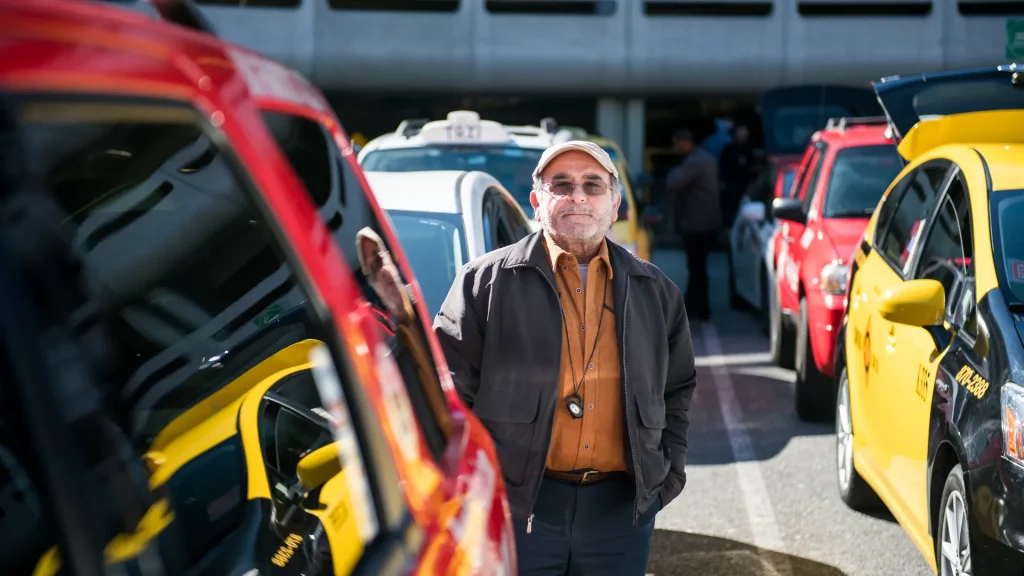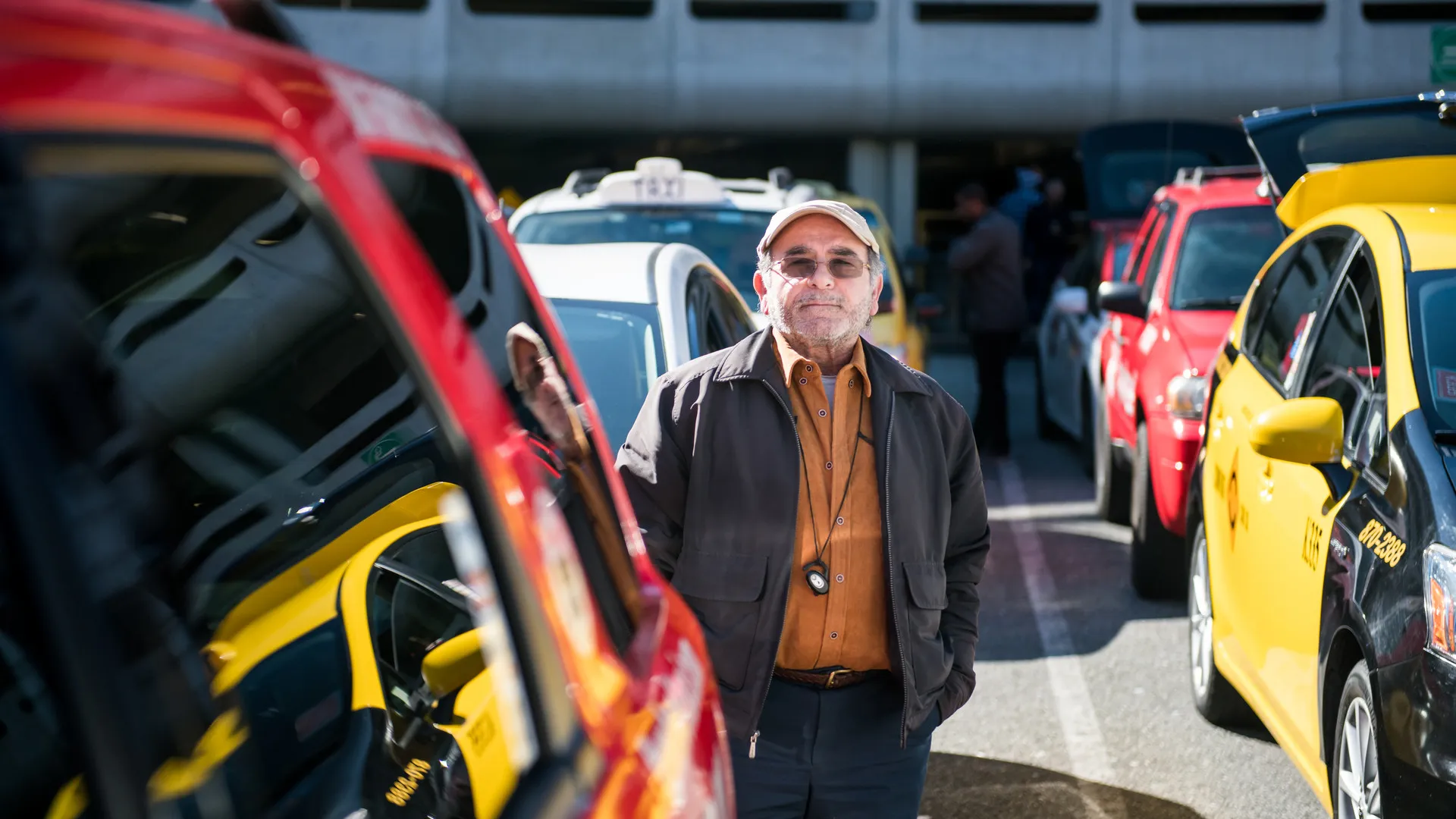San Francisco’s taxi industry faces a mounting crisis as drivers grapple with the financial fallout from plummeting medallion values. Once considered lucrative investments, these medallions have become nearly worthless, leaving drivers burdened with crippling debt and uncertain futures.
The roots of this crisis trace back to the early 2000s when San Francisco experienced a surge in demand for taxis. In response, then-Mayor Gavin Newsom initiated the sale of 700 taxi medallions at $250,000 each, aiming to bolster the city’s revenue. However, the rise of ride-sharing giants like Uber and Lyft in subsequent years drastically eroded the value of these medallions, rendering them virtually valueless.

Wahab Al hindawi, a medallion holder, lamented the dire situation, noting that the influx of ride-sharing services has decimated traditional taxi businesses. With downtown closures and fewer conventions exacerbating the challenges, many drivers find themselves unable to make ends meet.
For drivers who invested in medallions, the consequences have been particularly severe. Numerous drivers, unable to repay loans taken out to purchase medallions, have seen their credit scores plummet. Marcelo Fonseca, another medallion owner, revealed that approximately 300 medallions sold through the program have faced foreclosure.
In light of these hardships, taxi drivers are calling on the city to provide relief. Drawing parallels with New York City’s efforts, where $350 million in debt relief has been allocated to affected taxi drivers since 2022, San Francisco drivers demand similar support.
Ibrar Ahmed, who invested $250,000 in a medallion, voiced frustration at the lack of assistance, emphasizing the human toll of the crisis. Amidst ongoing struggles to repay loans and make ends meet, drivers feel overlooked and disregarded by city officials.
Meanwhile, the San Francisco Municipal Transportation Agency (SFMTA) is considering reinstating yearly medallion fees, further compounding drivers’ financial burdens. While the SFMTA seeks to balance its budget, drivers fear this move will exacerbate their already precarious situation.
As taxi drivers continue to grapple with mounting debt and dwindling prospects, the call for financial relief grows louder. With the fate of San Francisco’s taxi industry hanging in the balance, the city faces a pressing challenge in addressing the needs of its drivers and ensuring the viability of traditional taxi services amidst the rise of ride-sharing platforms.
